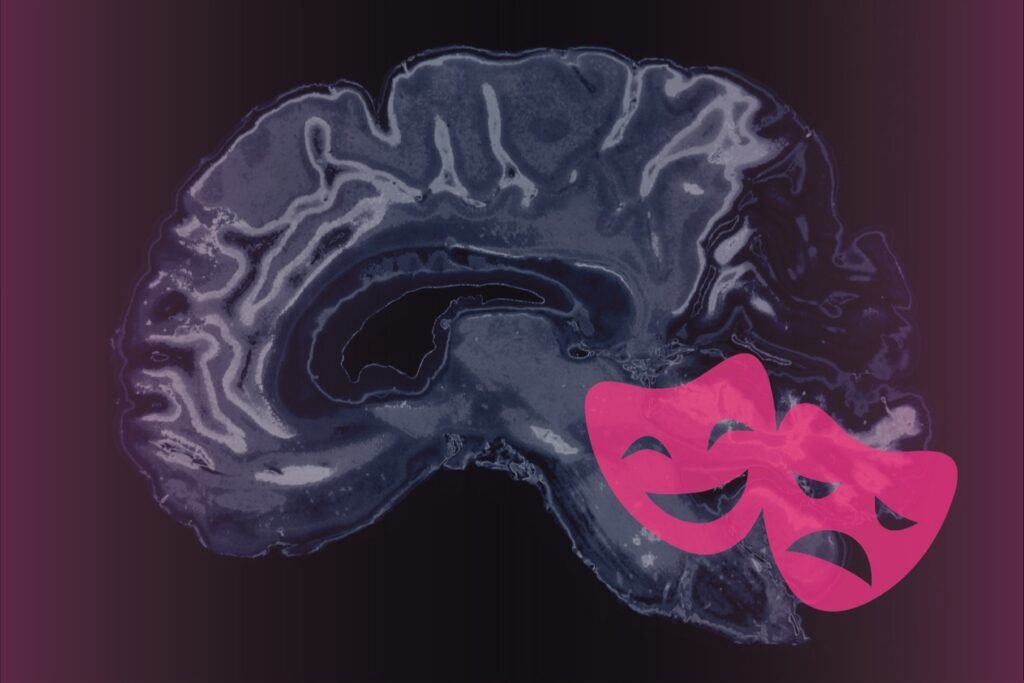In our fast-paced digital world, the importance of simple everyday activities often goes unnoticed. One such underestimated health indicator is walking speed ageing. Scientific studies now reveal that walking speed ageing can provide critical insight into the rate at which your brain and body are declining. Surprisingly, something as mundane as the pace at which you stroll to the store or climb stairs may reveal more profound truths about your cognitive function, physical fitness, and overall longevity—making walking speed ageing a powerful, easy-to-measure predictor of health.
The Surprising Link Between Gait Speed and Brain Ageing
Walking speed, also known as gait speed, has emerged as a powerful predictor of brain and body function. Research suggests that people who walk slower tend to have smaller brain volumes and show advanced signs of cognitive decline. These physical signs often appear even before traditional symptoms of ageing become noticeable.
According to studies, individuals with reduced walking speed also face a higher risk of hospitalisation, heart disease, and premature death. Gait speed serves as a functional marker of your ability to carry out everyday activities and your overall health status.
Understanding the Walking Speed Test
The walking speed test is simple to perform and requires minimal equipment—a stopwatch and a way to measure distance.

- 10-Metre Test: Measure a total of 15 metres—5 metres to accelerate, 10 metres for measurement. Time how long it takes to walk the middle 10 metres at a natural pace. Divide the distance by the time to calculate your speed.
- 4-Metre Test: Ideal for smaller spaces, this test includes 1 metre to gain speed and 4 metres for timing. Again, divide the distance by the time to determine your walking speed.
If you prefer digital tools, apps like Walkmeter, Strava, and Google Fit can track walking speed using GPS data.
Gait Speed as a Lifespan Predictor
A comprehensive study from the University of Pittsburgh analyzed data from over 34,000 adults aged 65 and older. Results showed a clear connection: slower walkers had significantly lower survival rates than faster walkers. For instance, at age 75, men with the slowest walking speeds had only a 19% chance of living another decade, compared to 87% for those with the fastest speeds.
Importantly, this link remains valid even in seemingly healthy individuals. A French study found that older adults with slower walking speeds were up to three times more likely to die from cardiovascular issues, despite having no prior medical conditions.
Why Is Walking Speed So Telling?
Walking might feel like an automatic action, but it’s actually a complex process involving multiple body systems. According to Dr. Line Rasmussen, a neuroscience researcher at Duke University, gait relies on coordination between muscles, bones, vision, heart, lungs, and the nervous system. A slowdown in walking pace can indicate systemic decline across these areas.
Walking Speed Reflects More Than Just Age
In a groundbreaking 2019 study, Rasmussen and colleagues followed 904 middle-aged adults as part of the Dunedin Multidisciplinary Health and Development Study. Despite all being 45 years old, participants exhibited vastly different walking speeds—some as fast as healthy 20-year-olds, others as slow as seniors.
Those with slower walking speeds showed signs of accelerated ageing, including deteriorating lung capacity, weaker immune systems, and poor dental health. Blood tests revealed higher cholesterol and blood pressure levels. These individuals also struggled more with basic tasks, like gripping objects or rising from a chair.
Brain Imaging Reveals Hidden Differences
MRI scans from the study painted an even clearer picture. Slow walkers had smaller overall brain volumes, thinner neocortices (the brain’s outer layer responsible for thinking and decision-making), and other markers associated with cognitive decline. They also performed poorly on tests measuring IQ, memory, and reasoning.

Even facial features appeared aged. Participants who walked slower were often perceived to look older than their faster-walking peers.
The Link Begins Early in Life
Perhaps most shocking was the discovery that walking speed at age 45 could be predicted using cognitive tests taken at just three years old. These early-life indicators included language, motor skills, and problem-solving ability.
“This suggests that how being alone can make you happier isn’t the only unexpected life lesson—we must also consider how something as simple as walking reveals decades of brain development and health,” Rasmussen explains.
Simple Ways to Improve Walking Speed and Brain Health
Fortunately, walking speed isn’t set in stone. Dr. Christina Dieli-Conwright, a Harvard Medical School professor, emphasizes the power of regular physical activity. As part of rehabilitation protocols for cancer patients, she recommends incrementally increasing the intensity and duration of walking exercises every few weeks.
Other tips include:
- Parking farther from destinations to get in extra steps.
- Scheduling social walks with friends or walking pets.
- Taking five-minute walking breaks during long periods of sitting.
“Walking is one of the easiest yet most effective ways to combat physical decline,” Dieli-Conwright notes. “Frequent short walks can significantly improve mobility, balance, and even cognitive resilience.”
Why You Should Take Your Gait Seriously
Your walking speed is more than a number—it’s a dynamic health indicator that can flag early signs of ageing and cognitive decline. Monitoring how fast you walk and striving to improve it could be a life-extending strategy. It’s not just about moving your legs; it’s about engaging your whole body and brain.
As studies suggest, faster walkers may not only live longer—they may live with better brain function, stronger immunity, and higher quality of life.
So next time you head out, pay attention to your pace. Your future brain might thank you.




